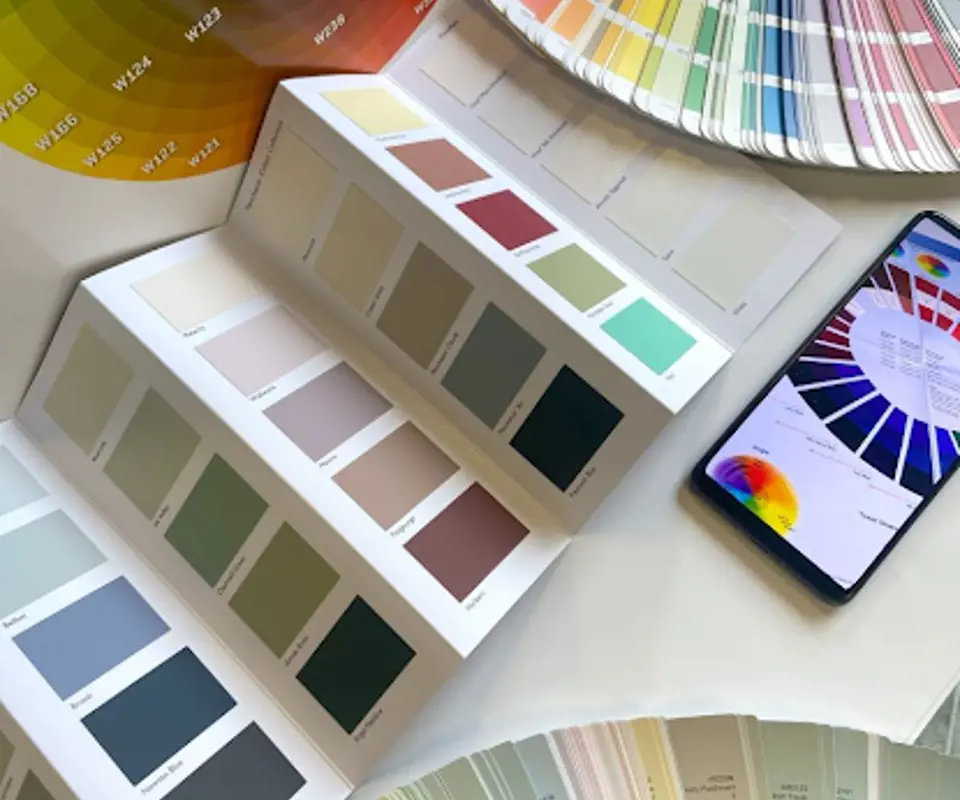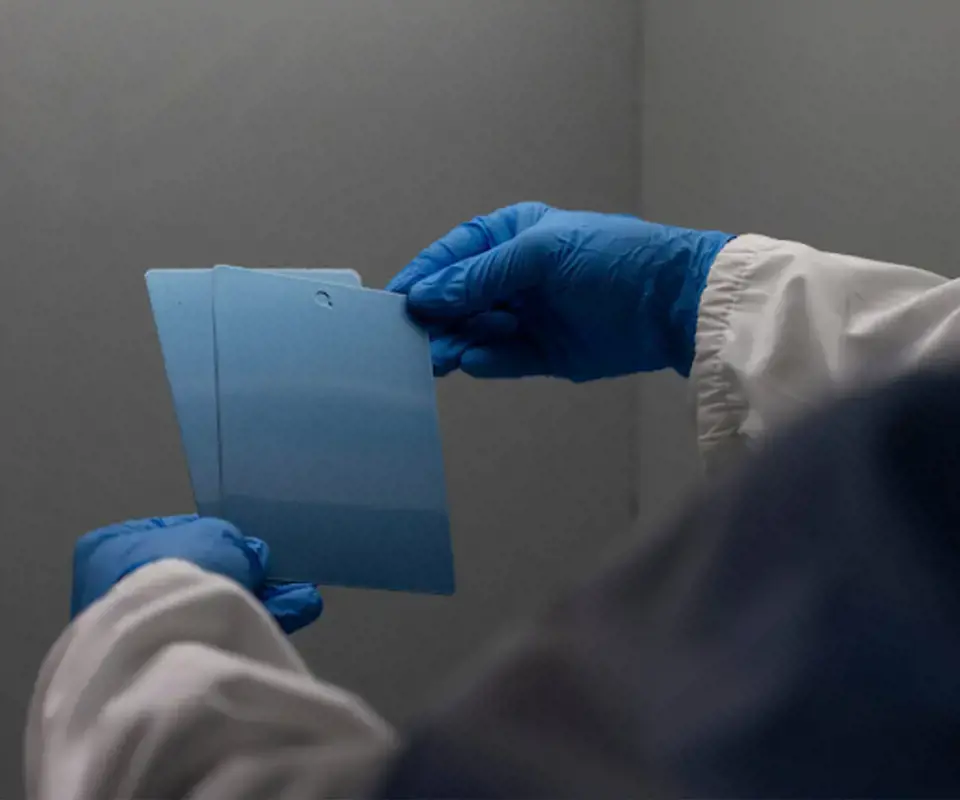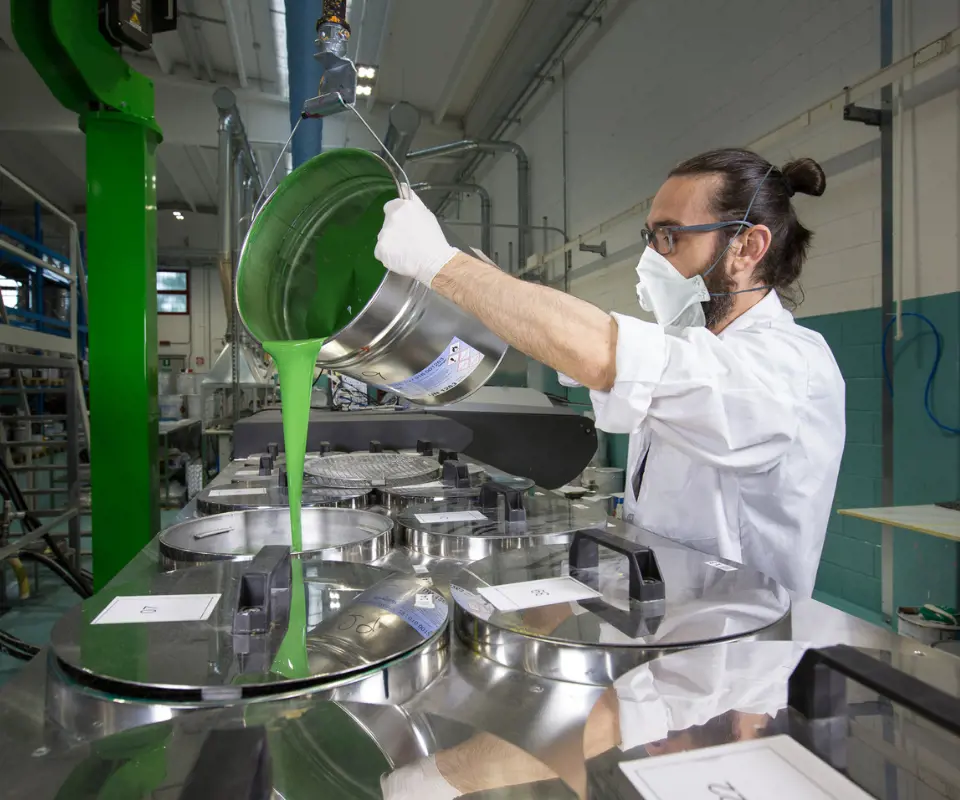
Color Density Measurement: why a spectrophotometer is the best option
In the world of color reproduction, paint formulation and color quality control, color density measurement is a key process used to evaluate how light or dark a color appears. While it doesn’t determine the exact hue, it provides essential data on a color’s optical density—helping professionals monitor ink application, consistency, and contrast. This insight explores what color density actually measures, how it differs from full color evaluation, and why advanced tools like spectrophotometers are essential for achieving accurate and repeatable results:
-
Why spectrophotometers are the best option for color density measurement
-
FAQ’s — Frequently Asked Questions about color density measurement
Get in touch now!

What is color density measurement
First and foremost, it's essential to understand that density is not the same as color. Density simply indicates the lightness or darkness of a color—it doesn’t confirm whether the color itself is accurate. For instance, if an ink becomes contaminated and its hue changes, you may still obtain a correct density reading, even though the color appears noticeably different. If you need to verify that a color matches a specific target, such as a defined Lab* value, a spectrophotometer is required.

Why spectrophotometers are the best option for color density measurement
While color density measurement provides useful quantitative data, it represents only a small part of the full picture perceived by the human eye. Color perception is affected by many variables, including light conditions, material texture, and human visual differences. Densitometers, which rely on light absorption to measure density, can detect ink film thickness or monitor contrast, but they offer limited insight into subtle color shifts and overall consistency.
Spectrophotometers, however, offer a more comprehensive approach to color density measurement. These devices analyse spectral data from a sample, capturing information across multiple wavelengths and geometric configurations. Unlike densitometers, spectrophotometers can account for reflectance, saturation, and substrate variations, resulting in highly accurate and repeatable color data—critical for maintaining quality control in professional print and coating environments.
As the printing and decorative paint industries evolve with new materials—such as UV inks, high-gloss or matte finishes—the ability of spectrophotometers to adapt to these variables makes them the gold standard in color density measurement.

How Color Project European measures color accurately
At Color Project European, precision in color density measurement and overall color control is achieved through state-of-the-art technology. The core tools include:
-
Spectrophotometers, which (as we said) provide accurate color readings by capturing the full spectral data of each sample—essential for fine-tuning formulations and ensuring consistent results.
-
Color Matching Software, powered by advanced algorithms that simulate pigment interactions to create formulas matching target shades precisely.
-
Digital Colorimeters, portable devices used on-site to verify that applied colors meet original specifications.
Despite this advanced toolkit, accurate color measurement still presents challenges. Variability in pigment quality, substrate differences, and environmental factors such as lighting, temperature, and humidity can all affect results. Human perception also plays a role, as individual differences in color vision can lead to varying assessments.
To minimise these challenges, Color Project European follows strict best practices:
-
Using standardised lighting conditions to reduce metamerism;
-
Sourcing high-quality, consistent raw materials;
-
Regularly calibrating all color measuring instruments;
-
Delivering in-depth training on color theory and measurement tools for technical staff.
Thanks to this comprehensive approach, Color Project European ensures color consistency and quality at every stage of production—setting the standard for reliable color density measurement in the industry.

1. How do you measure color density?
Color density is measured using devices such as densitometers or spectrophotometers. Densitometers assess the light absorption of a color sample to determine how light or dark it appears—this is the basic principle of color density measurement. However, for a more accurate and detailed evaluation, especially when colour matching is crucial, spectrophotometers are preferred. These devices capture spectral data across multiple wavelengths and angles, providing a more complete and precise measurement of color characteristics, including density, reflectance, and saturation.
2. What is the density of a color?
The density of a color refers to how light or dark that color appears, based on the amount of light it absorbs. It does not indicate the hue or accuracy of the color itself—only its intensity or darkness. For instance, two inks may have the same color density but appear different to the eye if one is contaminated or incorrectly formulated. That’s why color density alone is not enough to verify color accuracy in quality control.
3. What is the measurement of density?
The measurement of density in color science typically involves evaluating the optical density of a printed or pigmented sample. This is done by measuring how much light is absorbed by the color layer, usually with a densitometer. The result is a numerical value representing the darkness of the color. However, for precise and comprehensive assessments, spectrophotometers are used to measure spectral reflectance, allowing for a broader analysis that includes both density and accurate color values.

Accurate color density measurement is essential for maintaining consistency and quality across printing and paint applications. While densitometers offer useful data on lightness and darkness, only spectrophotometers provide the precision needed for reliable colour control.
Want to achieve perfect colour results every time? Explore our range of colour measurement solutions or get in touch with our experts today.
Get in touch now!